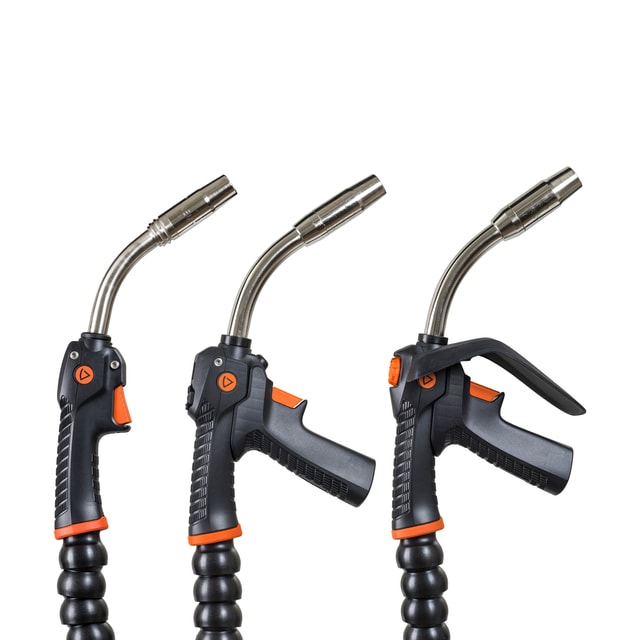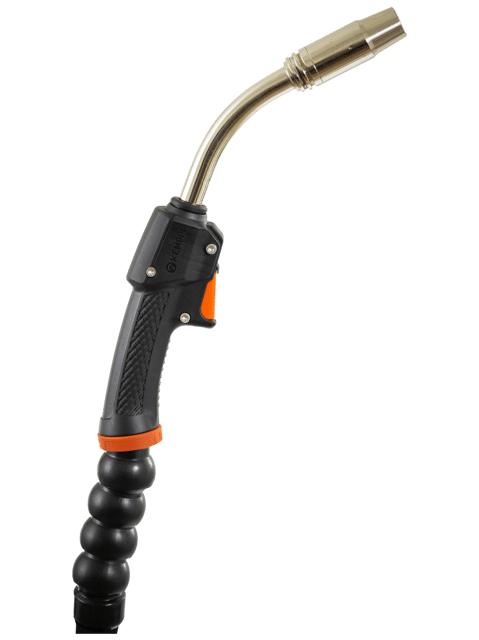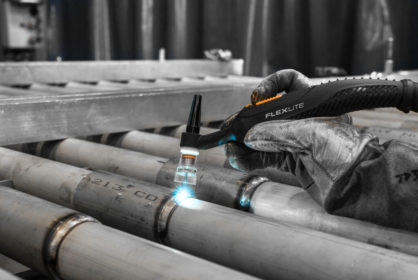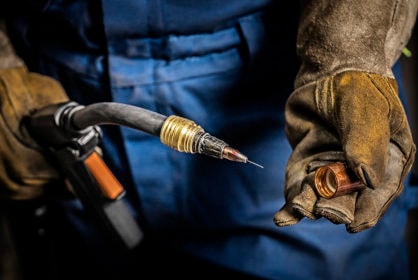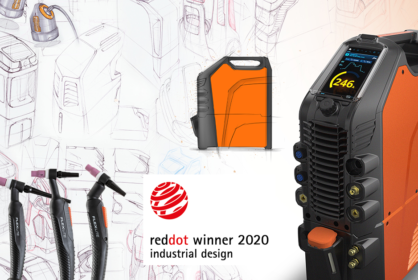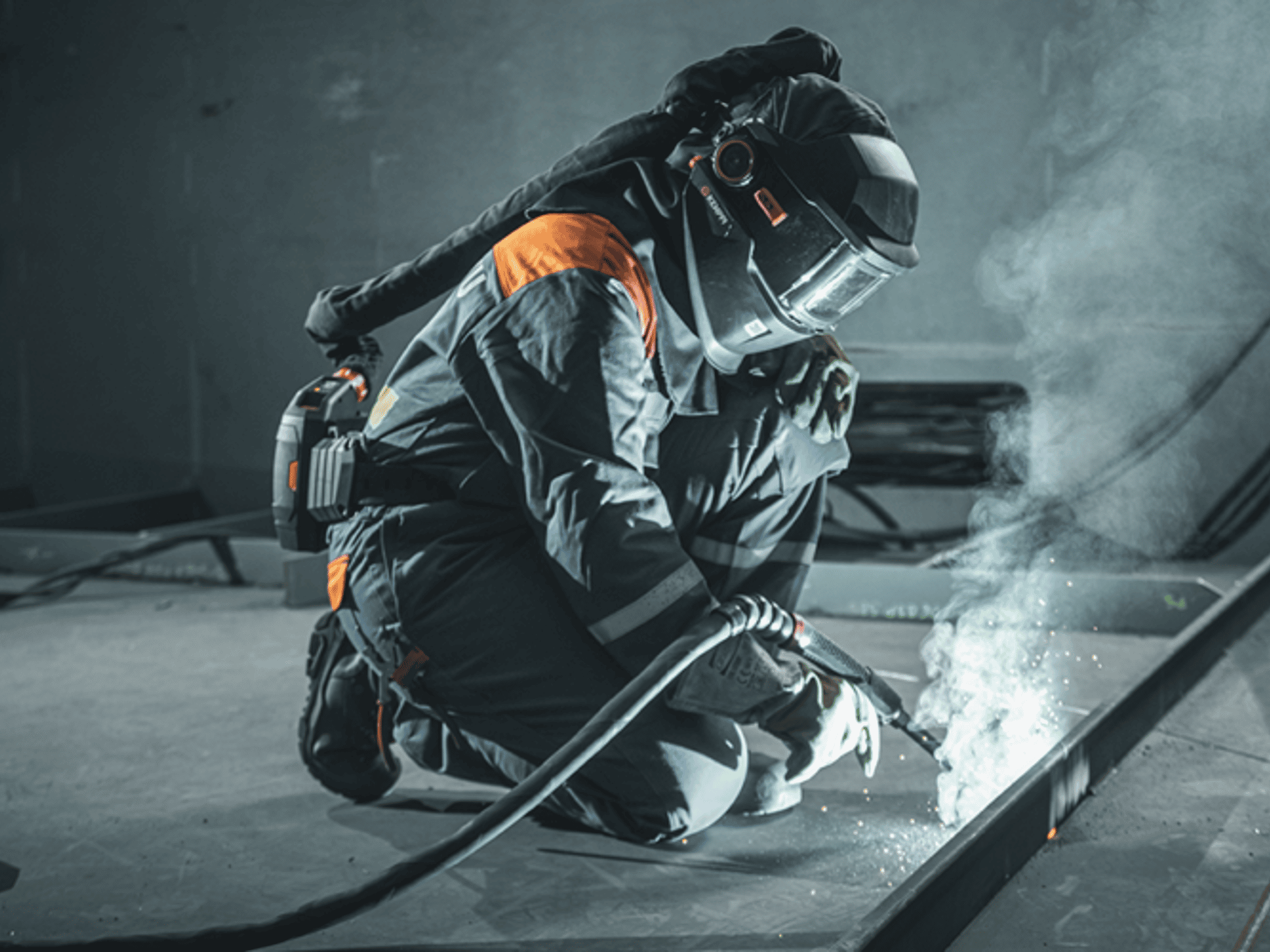
Innovación
An Ergonomic Welding Torch Is Not Created by Accident
27 de octubre de 2021
The starting point for Kemppi’s usability planning is always understanding the user and different operating situations, i.e., what the users are like and where and how they use the product. The welder is always at the center of the product design of Kemppi's ergonomic Flexlite welding torches.
Jani Hämäläinen
As everyone working in the welding industry is well aware, the basic challenge of welding work is that it is done in a wide variety of operating environments and conditions. Some weld in clean, constant-temperature indoor facilities, while others weld at shipyards, construction sites, or Siberian oil and gas fields.
Depending on the environment, ambient conditions can range even from -40°C to superhot temperatures, not to mention cramped spaces or workpieces the size of ocean cruiser hulls. Thus, there is a huge range of different variables in operating environments, all of which must be considered in the usability design of the products.
MIG/MAG and TIG welding processes are also very different. In terms of usability design, understanding the differences is absolutely crucial, as the same principles do not apply to both. Roughly speaking, you could describe TIG welding as very accurate welding, while MIG/MAG is a rougher type of operation. The work style, welding position, and weld requirements place demands on the welder's working tools. How the welding torch feels in your hand is important, but its balance matters just as much. Taking both of these aspects into account helps the welder produce high-quality welds.
The welder is always at the center of product design
The starting point for usability planning is always understanding the user and different operating situations. I highlight the welding guns’ pistol grip handles in my text, but the same principles naturally determine all of Kemppi’s product design.
It is good to remember that although welding is focused on parameters, the welder cannot be packaged or categorized into specific “parameters”. The range of welders is just as diverse as the operating environments. An exaggerated example would be a strong welder with big hands on one end and a slender person with short fingers on the other. It poses challenges to usability design, as the end product must be suitable, on average, for all users – and all operating situations.
The harsh truth of product development is that even if we think about and hone the final product down to the smallest detail, there will always be an end-user for whom the choices we make during the product development process are not perfectly suitable. The choices we make must be accepted and we must strive to be even better when designing the next evolution of the product.
The welder's voice is heard
But how is the welder’s voice heard within the product development process and how do they get to evaluate the products? Kemppi's product development process is progressing in a fast cycle because we create new products with so-called "quick models" or 3D prints. Take, for example, the welding torch handle we continuously print the next generation's handles for testing and evaluation.
When we are satisfied with the result, we involve Kemppi's own professional welders, i.e., welding instructors and welding engineers, in the process. The product is also evaluated and tested by our partners. This is how we receive genuine and varied feedback from welding professionals on the product's features and functionality in their own operating environments.
A recent example of a successful usability design is, in my opinion, the detachable handles added to Kemppi's MIG welding gun product families – Flexlite GX, GF, and GC – which notably improve welding ergonomics, especially in flat position. Their benefits have been proven in a study by Myontec according to which they significantly reduce the strain on the welder’s arms and shoulders.
Ergonomics, occupational safety, and considering the well-being of welders in user design are, in my opinion, embodied nicely in a detail of a welding gun similar to an auxiliary pistol grip handle. Guaranteeing the welder’s safety and smooth flow of work cannot be ignored, and it has been great to see that we have succeeded here based on the results of an impartial testing laboratory.
3D printing revolutionized product development
I have a long history of working in product development, and it must be said that the process was much more challenging before 3D printing when the test models were made from Styrofoam and other materials. In many ways, 3D printing has revolutionized and streamlined the product development process, as it allows us to test models and their different versions very quickly and accurately.
So, at its best, product development lives on an everyday basis: one day we study prototypes and alter 3D models, and the next morning we already have the pieces in our hands to test. It is amazing that 3D models are so strong that they can be given to welders for trial use. Thanks to 3D printing, we can also produce considerably more complex components in larger quantities in the same amount of time as before.
I believe that 3D printing will continue to evolve and may even at some point replace the traditional way of making plastic parts by injection molding. I most look forward to the expansion of the range of materials suitable for 3D printing so that 3D printing can be used to produce even more versatile components. In this way, the results become more precise and the product development process is further accelerated.
Product development evolves, and Kemppi with it.
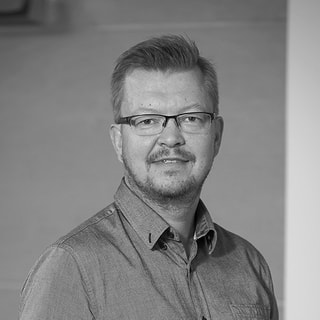
Jani Hämäläinen
Jani Hämäläinen
Director, Technology Development (BU Guns and Torches) at Kemppi Oy.
